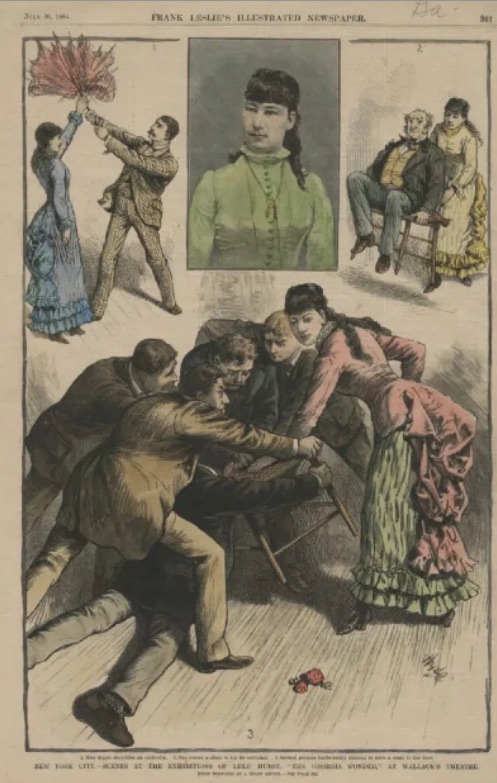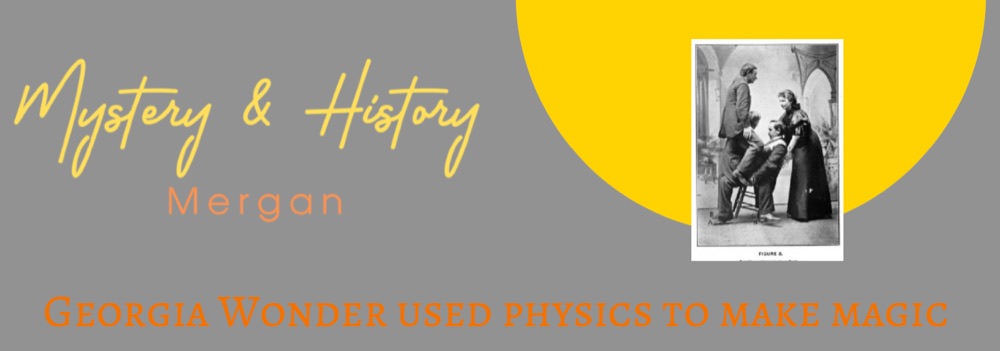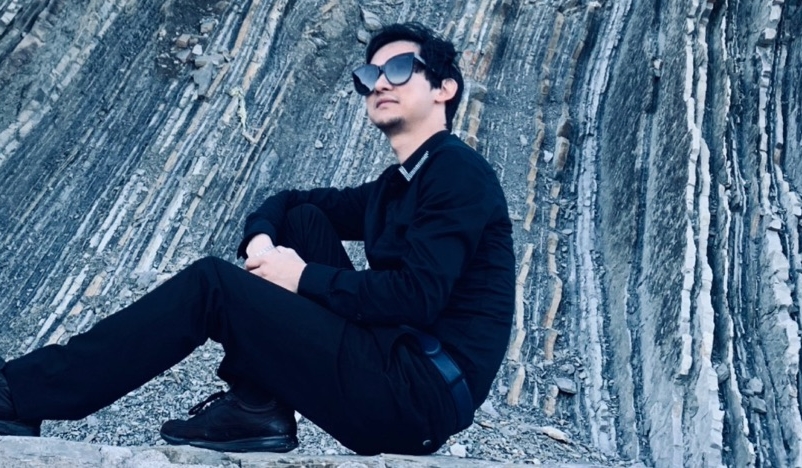- A Note from Our President
- Restricted content
- Finnish Edition of the Amsterdam Magic Show
- Blackpool 2023
- How a Musician Would Learn a Magic Trick
- The Bill Chung Lecture, Review
- Agenda, April 2023
- Simplicity, the keynote to good magic
- The AMSociety Seal
- Georgia Wonder Used Physics to Make Magic
- Hello, Mr. Stone
In 1885, a teenage girl who went by the name Georgia Wonder performed an incredible trick in a crowded, dimly-lit theater. Three large men from the audience held down a chair, as instructed. Then, Georgia—who supposedly gained superpowers “in an electrical storm”—approached, and, as a contemporary account described it, deftly touched the chair, which “began to jump about in the most extraordinary manner, in spite of all the efforts of three or four strong men to keep it still or to hold it down.” The crowd went wild.
Georgia Wonder, a.k.a. Lulu Hurst, was just one of many stage illusionists from history who entertained the masses by seemingly defying the laws of nature. In Hurst’s case, it was actually a combination of showmanship, storytelling, and, as Popular Mechanics described it, an advanced understanding of the “pivot-and-fulcrum theorem of physics.” This photo breaks down the pivot points that Lulu uses to manipulate the men’s own weight against them. But if using real-life science to convince thousands of people that you have superpowers isn’t a form of magic, we don’t know what is.
 Lulu Hurst, was born in 1869 in Polk County. In September 1883 she gained local attention by demonstrating mysterious abilities: chairs, canes, and umbrellas, held by others, seemed gripped by an invisible power when Hurst touched them lightly.
Lulu Hurst, was born in 1869 in Polk County. In September 1883 she gained local attention by demonstrating mysterious abilities: chairs, canes, and umbrellas, held by others, seemed gripped by an invisible power when Hurst touched them lightly.
In one of her demonstrations, a volunteer, usually a man of considerable strength, held a cane horizontally in both hands. When Hurst placed her open hands on the cane, the man could no longer hold it steady. Holding it became as difficult as “trying to hold down a flash of lightning,” as one volunteer put it. In some cases the volunteer himself was pulled about by a mysterious power and even thrown to the floor. With such demonstrations, and the help of theatrical manager Sanford H. Cohen and newspaper editor Henry Grady, Hurst’s vaudeville act was soon in demand throughout Georgia and beyond.
Hurst and her parents toured the South and Northeast in 1884, and the West and Midwest in 1884-85. By the conclusion of her northeastern tour, including highly successful appearances in Boston, New York, and Washington, D.C., Hurst, just fifteen, was one of the most famous women in the country. In her western tour, however, Hurst found audiences increasingly uncooperative, as other women duplicated her act and observers explained her feats. In fall 1885 Hurst cancelled a tour of Europe, retired from the stage, and retreated into silence.
Mergan



